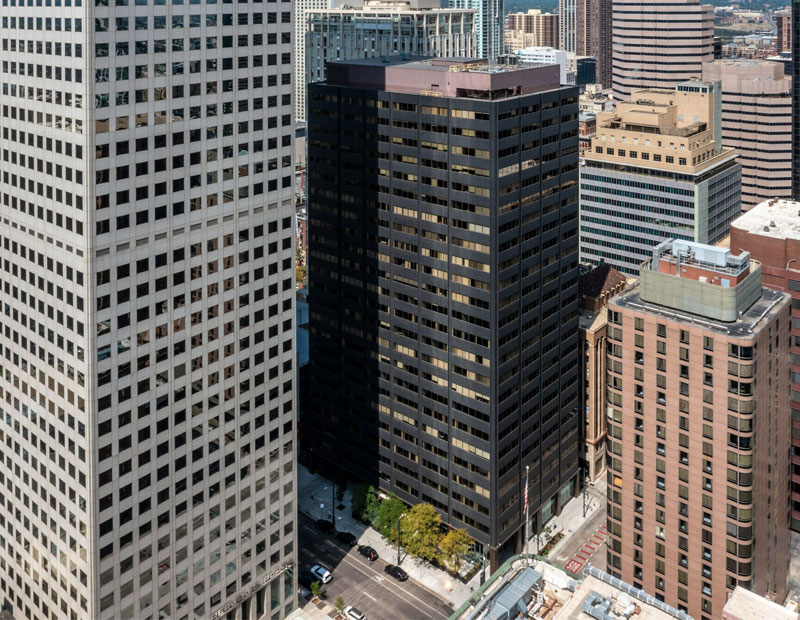Market Shows Strength After Years of Recession
By Veronica Grecu, Associate Editor According to surveys by Rider Levett Bucknall and the Engineering News-Record‘s Building Cost Index, it looks like construction costs in New York are increasing again. Average construction costs rose 2.68 percent in 2010 and 2.86 percent [...]
By Veronica Grecu, Associate Editor
According to surveys by Rider Levett Bucknall and the Engineering News-Record‘s Building Cost Index, it looks like construction costs in New York are increasing again. Average construction costs rose 2.68 percent in 2010 and 2.86 percent in the first quarter of 2011 as a result of a steep drop in residential and commercial construction; the surveys predict they will continue to increase.
The numbers were based on New York City’s prices for most commonly used construction materials, as well as New York City union wages for carpenters, bricklayers and iron workers. New York City construction wages and benefit packages continue to be significantly higher than in other major U.S. cities.
While construction costs are growing, landlords for existing buildings are taking back control of New York’s commercial real estate after more than three years of tenant rule. The first sign is the construction of an office tower at 250 W. 55th St., which is scheduled to restart at the end of this year. Boston Properties Inc. had halted the construction in late 2008 because of the failing economy and the collapse of an anchor tenant. Now, though, the developer has signed a letter of intent with another tenant, law firm Morrison Foerster. The 1 million-square-foot building is planned for occupation by the end of 2013, and full occupancy is expected in mid-2014. Other signs of change include reduced concessions for tenants and increased rents.
Employment growth is the main reason for this market shift, according to real estate brokers and landlords. After losing about 140,000 jobs in the recession years, New York City has already gained back 61,000, about 75 percent of those office jobs. This positive movement has influenced leasing activity, with the vacancy rate in Class A buildings in Midtown Manhattan at 12.8 percent in the first quarter of 2011, compared to 13.9 percent in last year’s first quarter. According to Jones Lang LaSalle Inc., the rate is almost 4 percent in the tower floors of Midtown buildings.
Multifamily tenants are still benefiting from the market’s recent tough times. Rental rates remained almost unchanged from February to March, with the average rent in Manhattan increasing by only 0.45 percent in March. However, the number of available units decreased by 3.6 percent in doorman apartments and 0.83 percent in non-doorman apartments, so higher rent prices are expected. Andrew Barrocas, chief executive of TREGNY, says the vacancy rate decrease will continue in the summer months, leading to high rents and limited landlord concessions.






